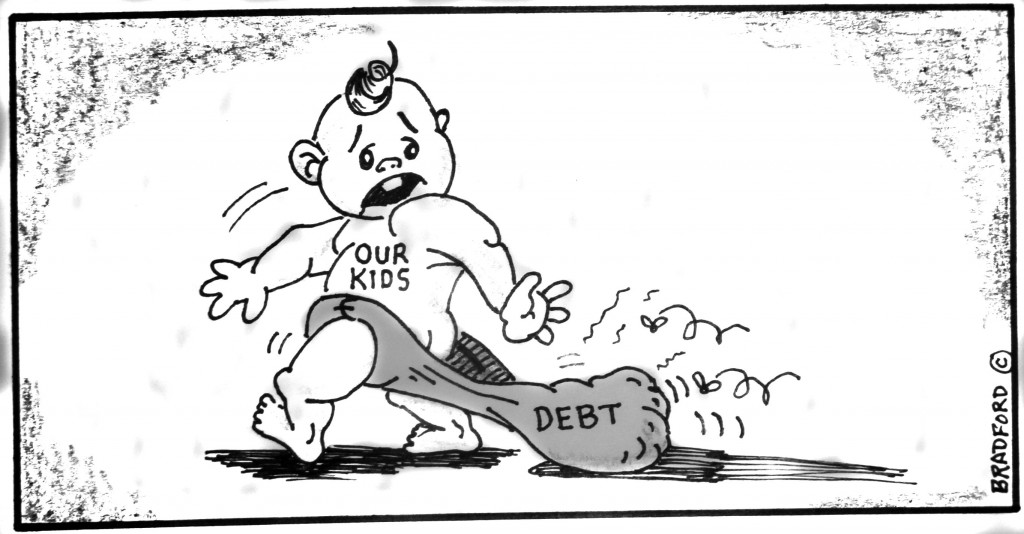 (Bloomberg) -- The cost of attending college in the U.S. has risen about three times as fast as wages since 2001. Soaring education-related debt will become "a significant drag on the housing market" as former students struggle to obtain mortgages at an affordable rate, according to Pierre Lapointe, a strategist at Brockhouse & Cooper.
(Bloomberg) -- The cost of attending college in the U.S. has risen about three times as fast as wages since 2001. Soaring education-related debt will become "a significant drag on the housing market" as former students struggle to obtain mortgages at an affordable rate, according to Pierre Lapointe, a strategist at Brockhouse & Cooper.
As the cost of attending U.S. colleges and universities surges, student-loan debt is turning into “a significant drag on the housing market,” according to Pierre Lapointe, a Brockhouse & Cooper Inc. strategist.
The CHART OF THE DAY shows tuition expense has risen about three times as fast as wages since 2001 before accounting for inflation, according to data from the Labor Department. The chart uses average weekly earnings to gauge workers’ pay.
Tuition climbed 57 percent on an inflation-adjusted basis during the period, Lapointe and two colleagues wrote yesterday in a report. At the same time, the average wage for American workers between the ages of 25 and 34 dropped 7 percent.
Borrowing to pay for college exceeded $1 trillion within the past few months, according to Rohit Chopra, the Consumer Financial Protection Bureau’s student-loan ombudsman. Chopra made that estimate in March.
“The explosion in student debt is a development that calls for a lower homeownership rate,” Lapointe, based in Montreal, wrote with analyst Alex Bellefleur and economist Frances Donald.
Many former students won’t be able to obtain mortgages at affordable rates because of their debt burdens, the report said. Lapointe estimated that interest payments on student debt amount to $1,165 a year, based on an average balance of $23,300 in last year’s third quarter and a 5 percent interest rate.
Read original story from Bloomberg w/ super cool graph.



